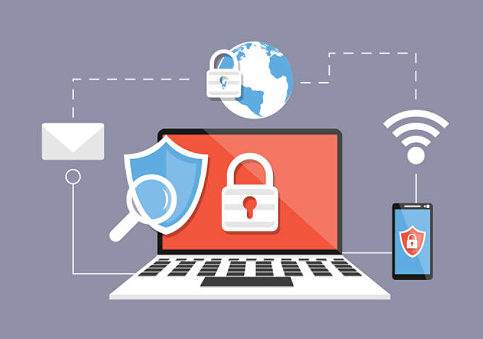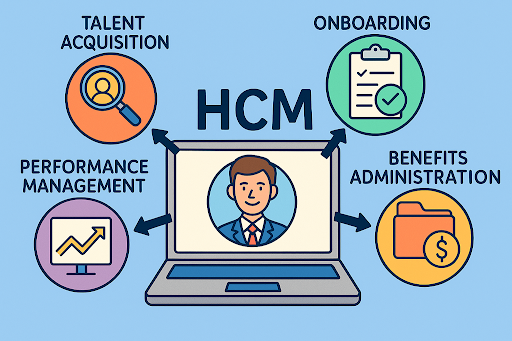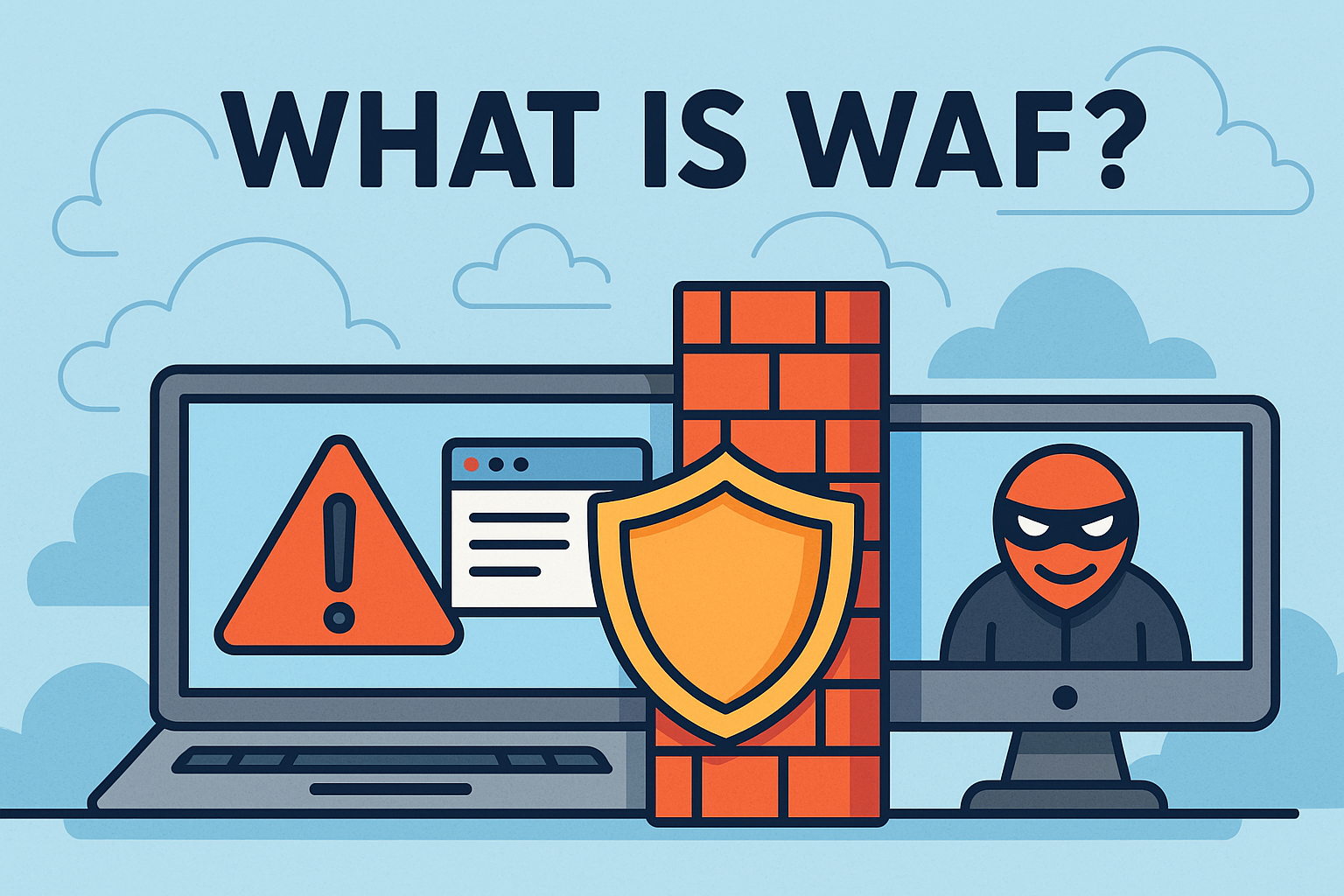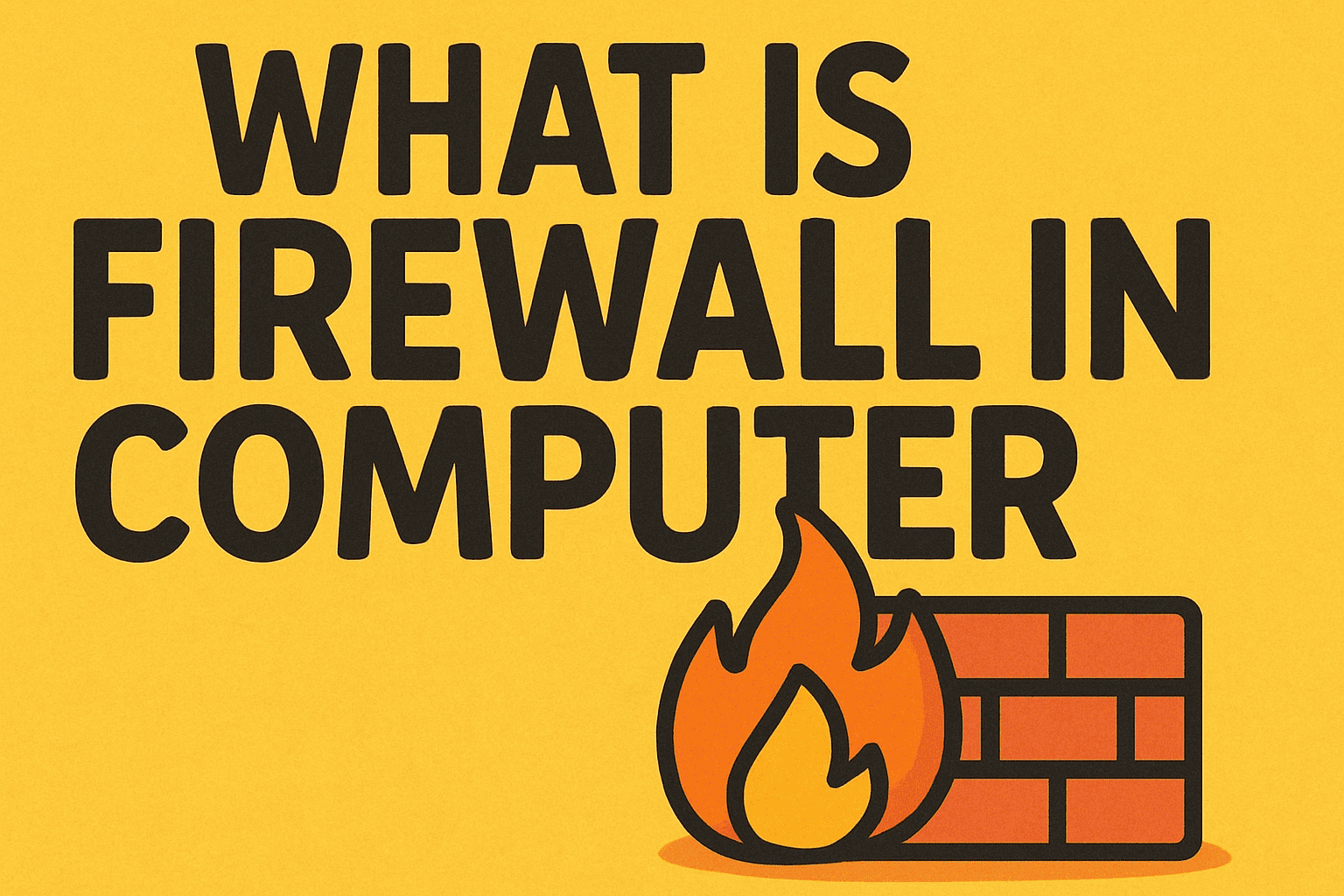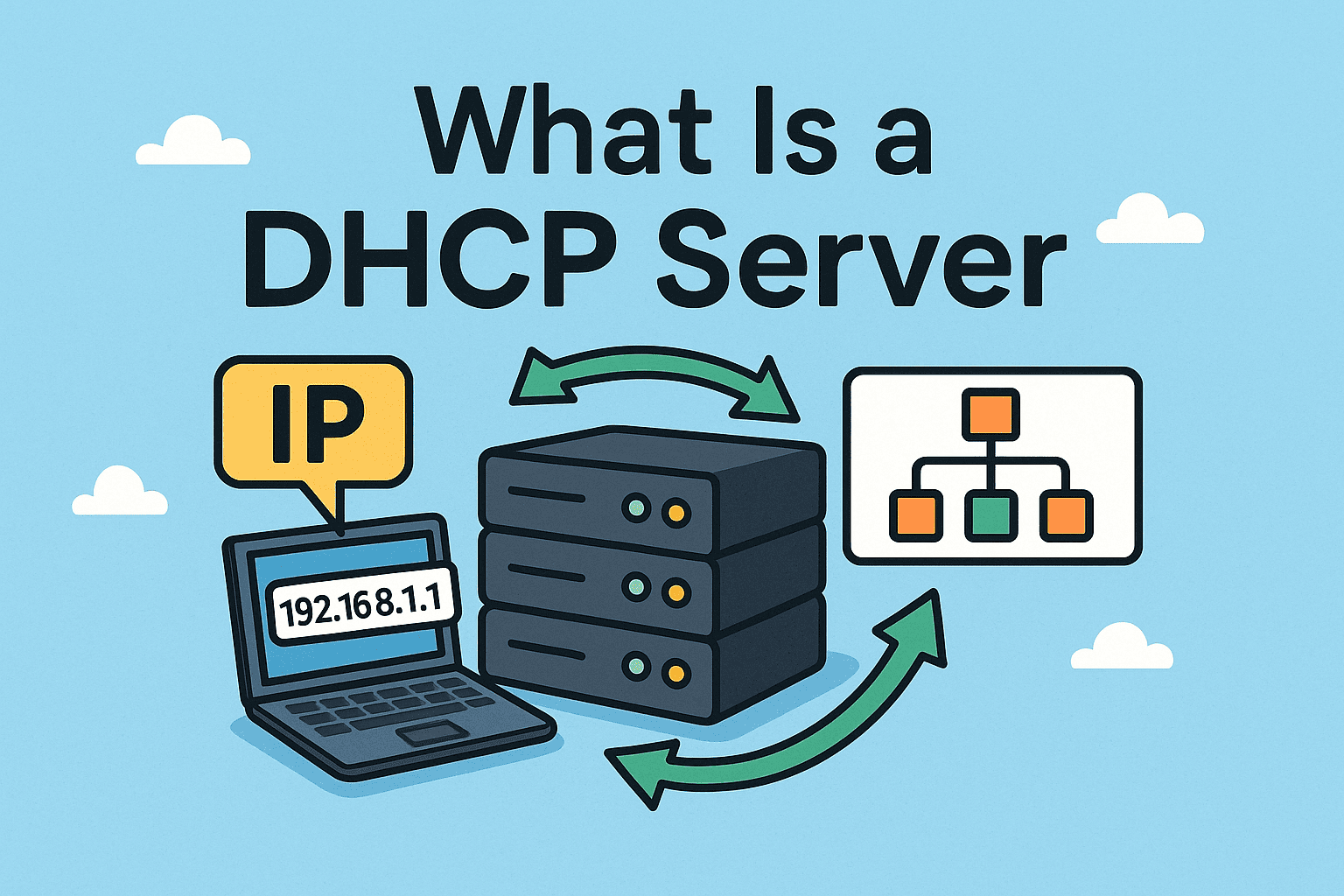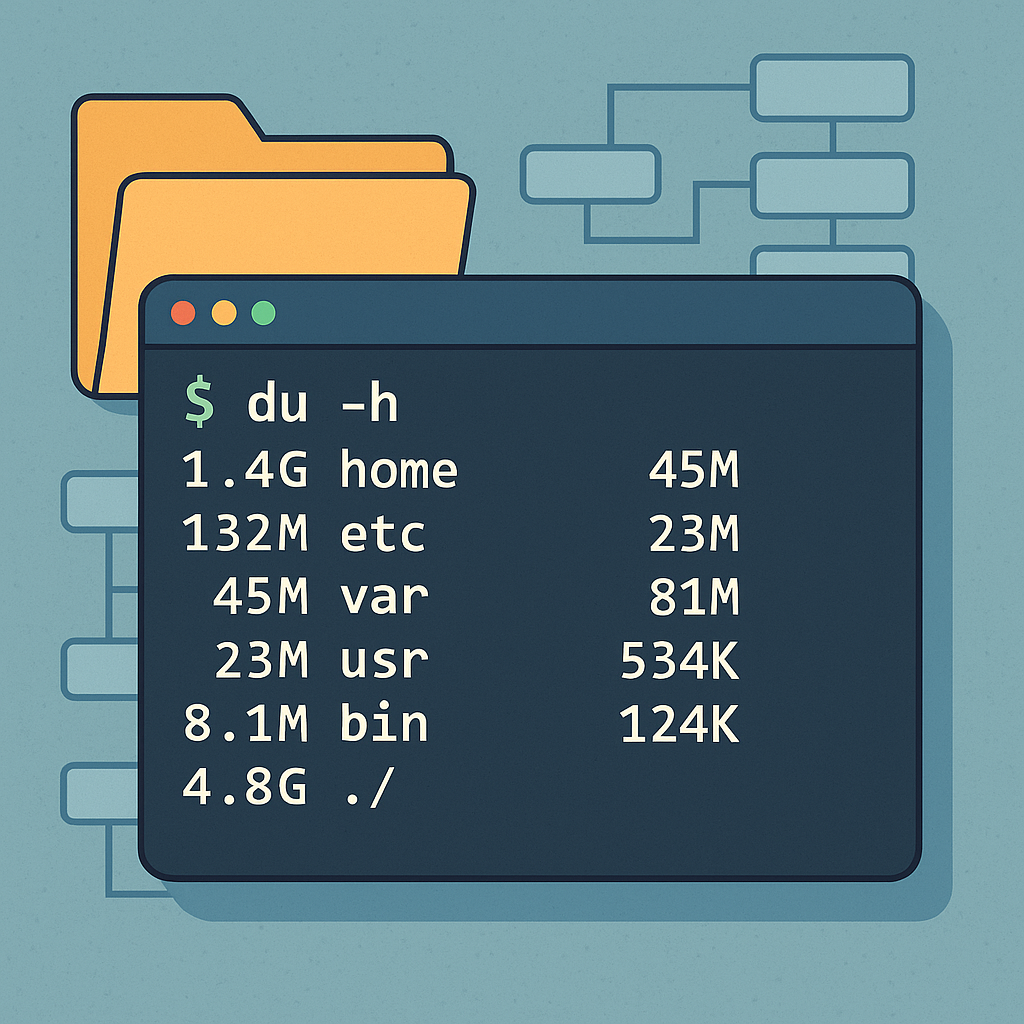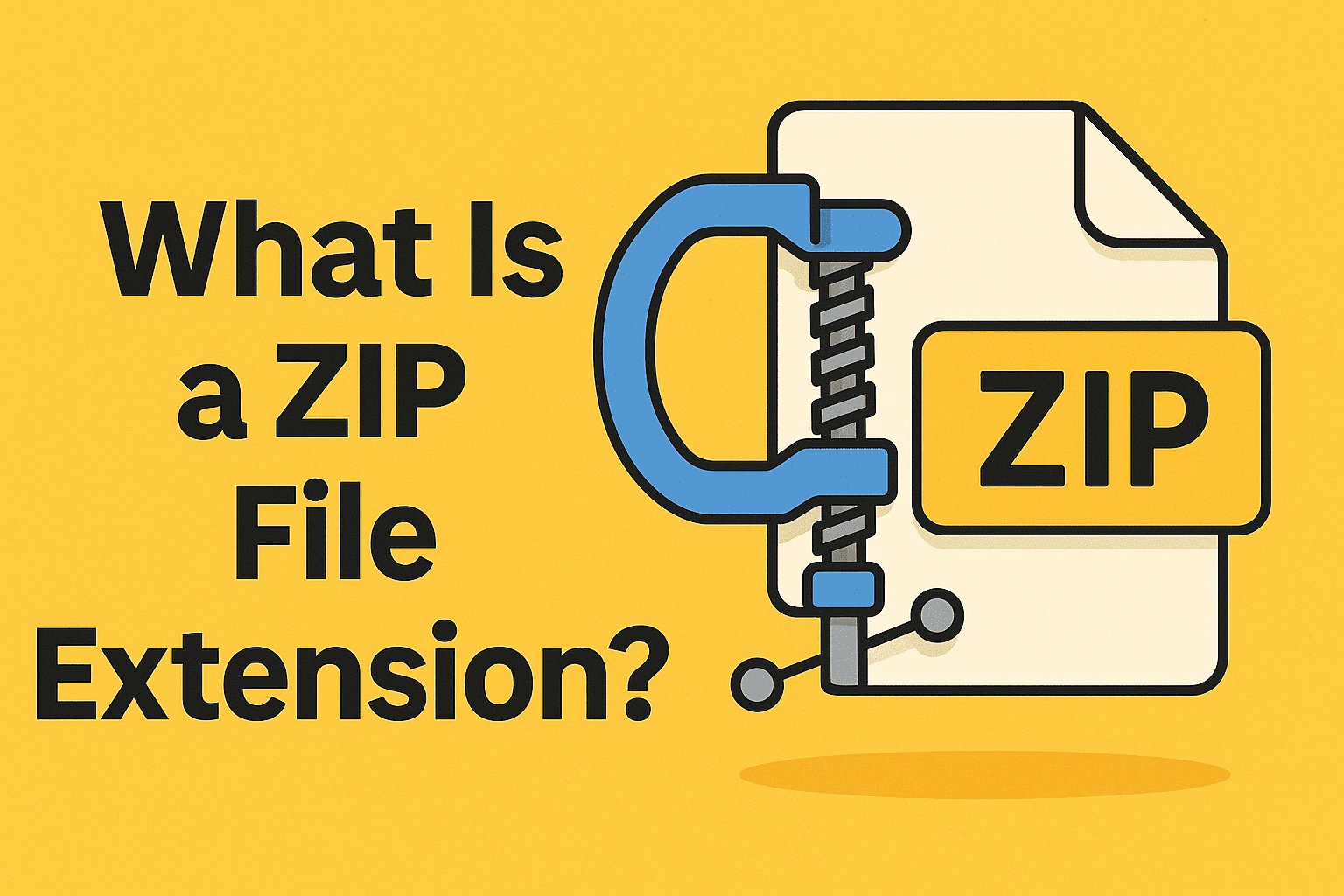What Is Data Protection Regulation? A Guide for Cybersecurity and IT Leaders
Updated on October 24, 2025, by Xcitium
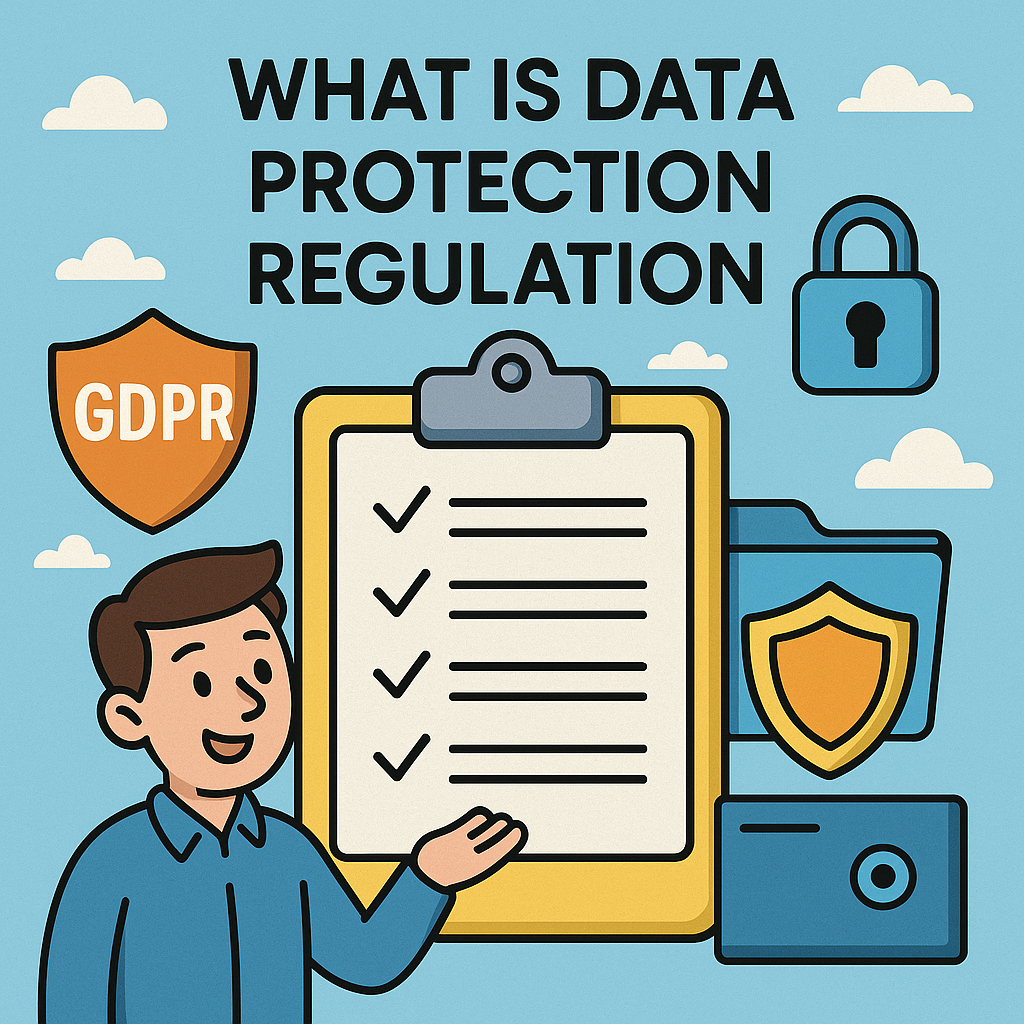
Have you ever wondered what is data protection regulation and why it’s become critical for businesses, especially in cybersecurity, IT management, and executive leadership? With increasing digital threats, regulatory scrutiny, and global data flows, organisations must take data protection regulation seriously to avoid fines and reputational damage.
A data protection regulation refers to any suite of laws, rules, and standards enacted by governments or regulatory bodies that govern how personal or sensitive data must be handled, stored, processed, transferred, and secured. These regulations define responsibilities for organisations (“data controllers” or “processors”), grant rights to individuals (data subjects), and set penalties for non-compliance.
This blog will explore: what constitutes data protection regulation, why it matters, major regulatory frameworks (like General Data Protection Regulation or GDPR), how organisations can comply, and practical actions for IT/Cybersecurity/CEOs to implement. Let’s dive in.
Why Data Protection Regulation Matters in 2025
In today’s digital landscape, data breaches and privacy failures can have huge consequences. Consider the following:
-
More than 80% of data incidents involve personal data or customer records.
-
Regulatory fines under major data protection laws have reached billions of euros in recent years.
-
Customers and partners now demand transparency and data governance, making compliance a business differentiator.
For cybersecurity, IT managers and executives, understanding data protection regulation isn’t just a legal issue — it’s operational, financial and reputational risk management. Non-compliance can lead to fines, shutdowns, loss of customer trust and exposure to advanced threats.
What Is Data Protection Regulation? — Core Definition & Scope
Definition in Simple Terms
A data protection regulation is a legal framework that mandates how organisations must collect, process, store, transfer and secure personal or sensitive data. It usually:
-
Identifies protected data types (personal data, sensitive data).
-
Sets obligations for organisations to safeguard data.
-
Grants rights to individuals whose data is processed.
-
Establishes requirements for cross-border data transfers, breach notifications, documentation and audit.
-
Imposes penalties for non-compliance.
Key Components of a Data Protection Regulation
-
Data Subject Rights – Individuals have rights such as access, correction, erasure (aka “right to be forgotten”), data portability.
-
Lawful Basis & Consent – Organisations must have a legal basis for processing personal data (consent, contract, legitimate interest, legal obligation).
-
Data Controller & Processor Responsibilities – Entities controlling or processing data must implement appropriate technical and organisational measures.
-
Breach Notification & Reporting – Regulations often require organisations to notify regulators (and sometimes individuals) of data breaches within set timeframes.
-
Cross-border Data Transfers – The regulation may govern how data can be transferred outside the jurisdiction (e.g., outside the EU).
-
Penalties & Enforcement – Non-compliance leads to fines, restrictions, or other regulatory actions.
What Data Types Are Covered?
These regulations generally protect personal data — any information relating to an identified or identifiable natural person. Some regimes add special-category data (race, health, biometric etc).
Major Global Frameworks and Laws
Although many countries have their own rules, several major frameworks serve as benchmarks.
1. GDPR – European Union
Perhaps the most well-known data protection regulation is the GDPR (EU). It applies to organisations processing personal data of EU residents, even if the organisation is outside the EU.
Key facts include:
-
Enforced from 25 May 2018.
-
Huge fines: up to €20 million or 4% of global turnover.
-
Wide extraterritorial scope.
-
Requires data protection by design and default.
2. UK GDPR & Data Protection Act 2018
The UK adapted GDPR standards after Brexit, partnering with the UK Data Protection Act 2018.
3. Other National Laws
-
India: Digital Personal Data Protection Act, 2023.
-
Many countries adapt GDPR-style frameworks (Japan, Brazil, South Africa) or implement localised versions.
Why This Matters for IT and Cybersecurity
Even if you’re not based in the EU, if your organisation handles data of EU citizens or monitors behaviours in the EU, you may need to comply with GDPR. That fact elevates data protection regulation from local compliance to global strategic concern for enterprises and cybersecurity teams alike.
How Organisations Can Comply with Data Protection Regulation
Step 1: Data Mapping & Inventory
-
Identify where personal data is collected, stored, processed, shared.
-
Include third-party processors, cloud vendors, backups.
-
Key insight: You cannot secure what you do not know.
Step 2: Define Legal Basis & Purpose
-
For each data process, define the lawful basis (consent, contract, legal obligation).
-
Document purposes and retention periods — most regulations require data be kept no longer than necessary.
Step 3: Implement Technical & Organisational Controls
-
Encryption, access controls, audit logs, data classification.
-
Role-based access, least privilege, change controls.
-
Privacy by design — embed protection into workflows from start.
Step 4: Manage Third-Parties & Vendors
-
Use contracts that reflect data protection responsibilities.
-
Ensure processors abide by regulation’s standards.
-
Cross-border transfers require appropriate safeguards (e.g., standard contractual clauses).
Step 5: Incident Response & Breach Notification
-
Have a documented incident response plan.
-
Define roles & responsibilities for breach detection, investigation, notification to authorities/subjects.
-
Example: GDPR requires reporting within 72 hours when feasible.
Step 6: Monitor, Audit & Improve Continuously
-
Use dashboards, metrics (e.g., number of access requests, breach incidents, vendor audits).
-
Conduct periodic audits, review controls, train staff.
Step 7: Document & Demonstrate Compliance
-
Regulators often require documentation of risk assessments, records of processing activities, data protection impact assessments (DPIAs).
-
Being able to demonstrate compliance can reduce penalty risk.
Common Challenges & Mistakes
Over-reliance on Spreadsheet Inventories
Simple lists risk being outdated; better to use automated data discovery tools and classification.
Ignoring Hybrid Environments & Cloud Services
Many organisations neglect that cloud workloads or third-party services still fall under regulation obligations.
Poor Vendor/Processor Management
Lack of oversight on processors may lead to non-compliance via third-parties.
Failure to Embed Security by Design
Late addition of controls, or disparate systems, can lead to data silos, inconsistent protection.
Underestimating Cross-Border Requirements
Even if your HQ is local, if you transfer data across borders you may face complex regulation (e.g., for EU law).
Benefits of Comprehensively Applying Data Protection Regulation
-
Stronger cyber resilience: Embedded controls help defend against data breaches.
-
Better customer trust and brand value: Demonstrating data stewardship can be differentiator.
-
Avoidance of costly penalties: Early compliance avoids fines, regulatory scrutiny.
-
Operational efficiencies and clarity: Data governance fosters streamlined workflows and improved data quality.
-
Support for business expansion: Having compliant frameworks makes global expansion smoother.
Practical Tips for IT Managers, Cybersecurity Leaders & CEOs
-
Leverage automation & metadata management for data mapping.
-
Include cybersecurity teams early in regulatory planning (not just legal staff).
-
Use encryption, anomaly detection, least-privilege access and vendor risk assessments.
-
Build a culture of data protection; training is essential.
-
Monitor regulatory trends globally (e.g., US privacy laws, India’s DPDP Act) so you’re ahead of changes.
-
Regularly test incident response and breach notification procedures.
-
Partner with a provider that gives visibility across IT environment and data flows.
Conclusion
Understanding what is data protection regulation is critical in our modern digital era. These regulations set the rules for how organisations must protect personal and sensitive data, how individuals are empowered, and how businesses must adapt to global risks. From the foundational framework of GDPR to evolving national laws, every IT manager, CEO and cybersecurity lead must recognise data protection regulation as a cornerstone of enterprise security, governance and strategy.
By mapping data, embedding controls, managing vendors, and continuously monitoring compliance, organisations not only reduce risk — they build competitive advantage through trust and resilience.
👉 Ready to solidify your data governance and security posture? Request a demo of Xcitium’s platform to streamline data protection and regulatory compliance across your enterprise.
FAQs
Q1: How is data protection regulation different from general privacy law?
A: Data protection regulation specifically addresses how organisations must handle personal/sensitive data: collection, processing, storage, transfer and security. Privacy law is broader and includes individual liberties and surveillance issues.
Q2: Does a small business need to worry about data protection regulation?
A: Yes — many regulations apply regardless of company size if you process protected data or handle data of regulated jurisdictions (for example, EU residents under GDPR).
Q3: What happens if I suffer a data breach and I’m subject to a data protection regulation?
A: Most regulations require you to notify the supervisory authority (and sometimes data subjects) within a defined timeframe, investigate the breach, document it, and may impose penalties if controls were inadequate.
Q4: Can data protection regulation ever apply across borders?
A: Yes — major regulations like GDPR apply extraterritorially if you process data of individuals in the regulated jurisdiction or monitor their behaviour there.
Q5: What’s the best way to start compliance for a data protection regulation?
A: Begin with a data inventory and mapping exercise, identify legal basis for processing, embed security controls, manage vendor risks, and document processes. Then refine continuously through audits and automation.




